Honest Impressions After Six Months and 10,000 km with the New Tesla Model 3
公開日:2024.11.14
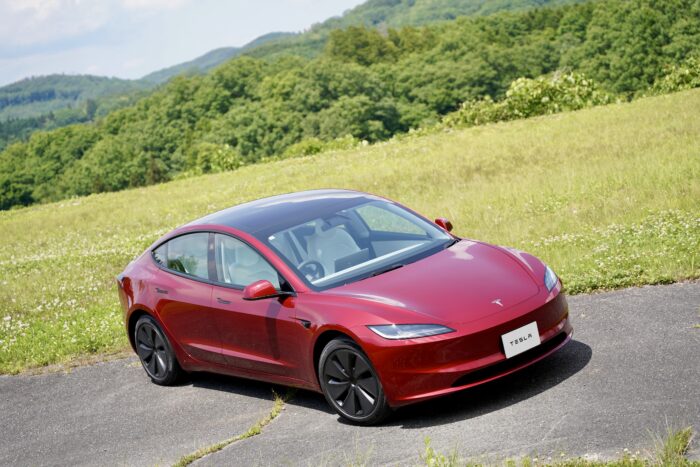
コンテンツ
Meeting the Tesla Model 3 – A New Experience Born from an Impulse Buy
About half a year ago, I purchased a Tesla Model 3 (Highland) Long Range.
Having already driven over 10,000 km, I want to share my honest impressions from these past six months.
The trigger for buying was a casual visit to the Tesla Shinsaibashi store out of curiosity.
That very day, I was captivated by Tesla’s appeal, and honestly, the advanced technology made me feel “I can’t keep driving my GLB anymore.” By that night, I had already placed my order online. It was almost an impulse buy.
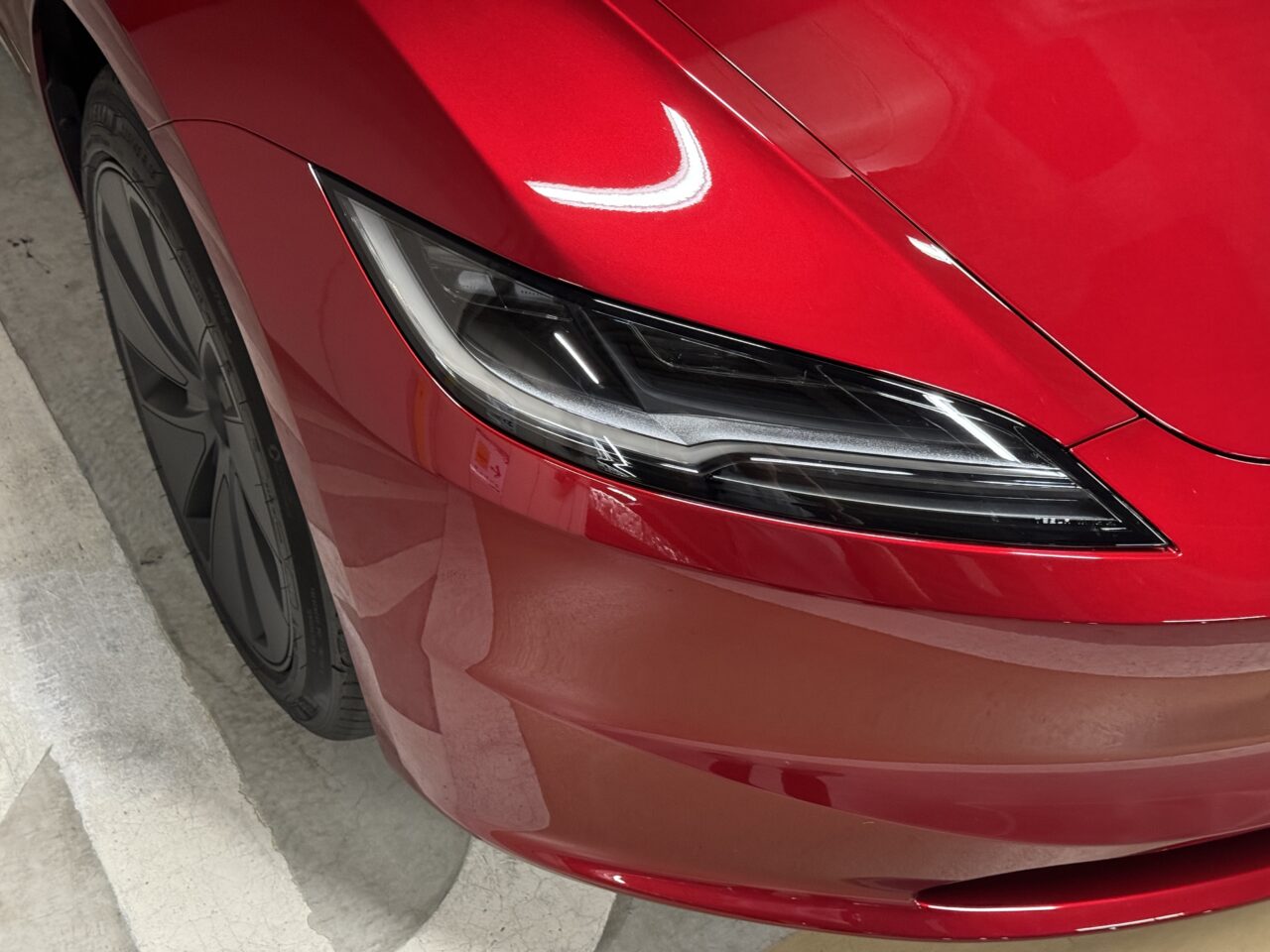
The new Ultra Red color is highly recommended
Everyday Use – Astonishing Convenience and Comfort
Let’s start with how it performs as a daily driver.
Its convenience for commuting and shopping is outstanding. The ease of an electric vehicle exceeded my expectations.
If you have a charger at home (a standard 200V outlet), just plugging in after returning home easily restores enough charge for daily driving within a few hours, and you can leave fully charged the next morning. No need to visit gas stations means freedom from that hassle. This feeling is hard to understand unless you actually own and use one. In fact, it almost feels like an electric car can run endlessly.
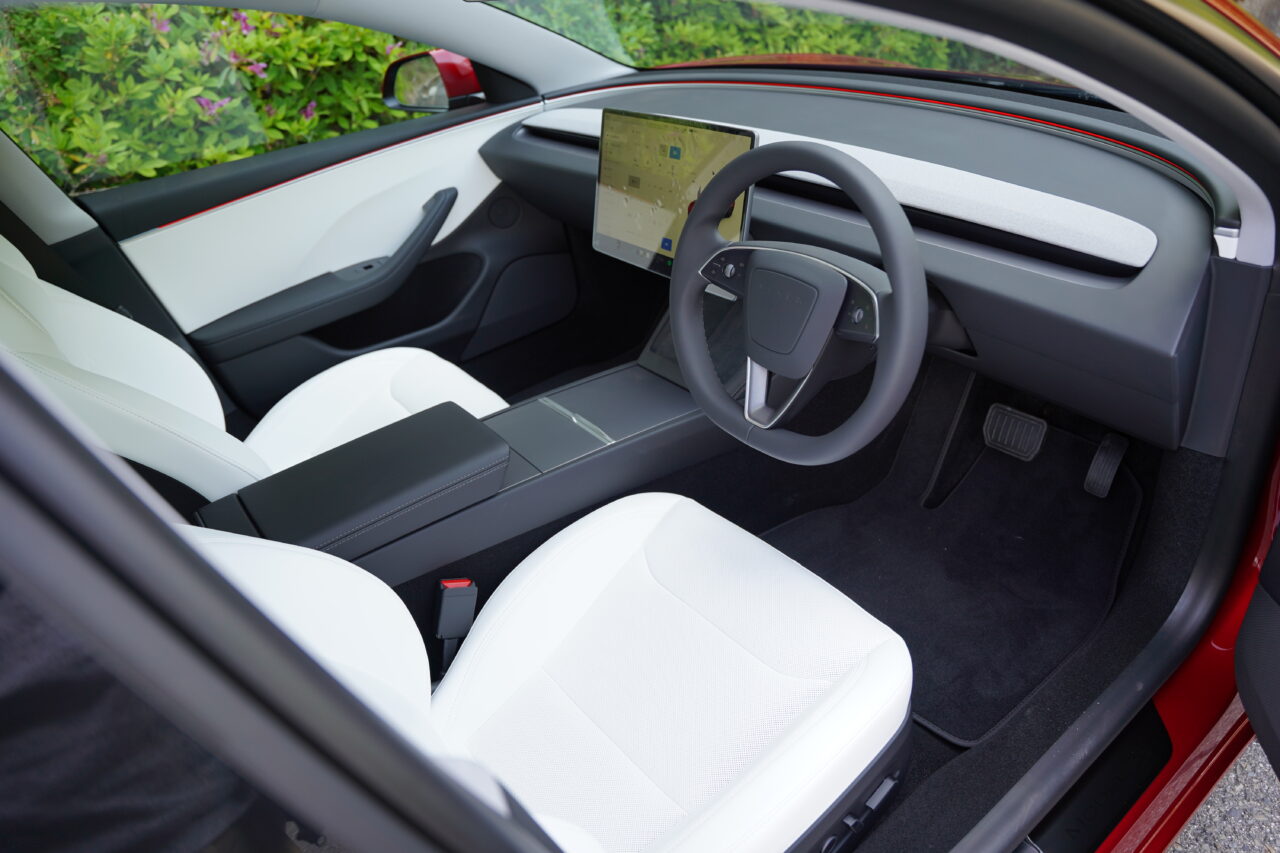
Another big advantage is how easy it is to use even for short trips.
With an engine car, sometimes you arrive before the engine warms up, but electric cars don’t have that issue—they use energy efficiently.
Energy efficiency in traffic jams is also excellent. Gasoline cars consume fuel idling, but electric cars only use energy for air conditioning and audio when stopped. Therefore, energy consumption during traffic jams or slow driving isn’t as bad as many imagine.
(Be careful of articles that mistakenly claim electric cars lose battery rapidly in traffic jams—it’s actually the opposite.)
Autopilot Performance – Remarkable Safety and Comfort
Tesla’s Autopilot is famous, and it has seen several updates over the past six months with continuous improvements.
The latest update last month changed the steering wheel hand detection from torque sensing to camera-based image recognition, making it even more comfortable to use.
During the day, the interior camera checks if your hands are on the wheel, so just resting your hands there is enough. This is very convenient. Compared to the latest capacitive steering wheels, this camera-based detection is easier to use.
The Autopilot’s performance is outstanding.
It works equally well in heavy rain, tunnels, or at night, regardless of road conditions. On sharp curves of the Hanshin Expressway, it slows down and turns smoothly. This is a big difference from other systems that give up driving at slight curves or environmental changes.
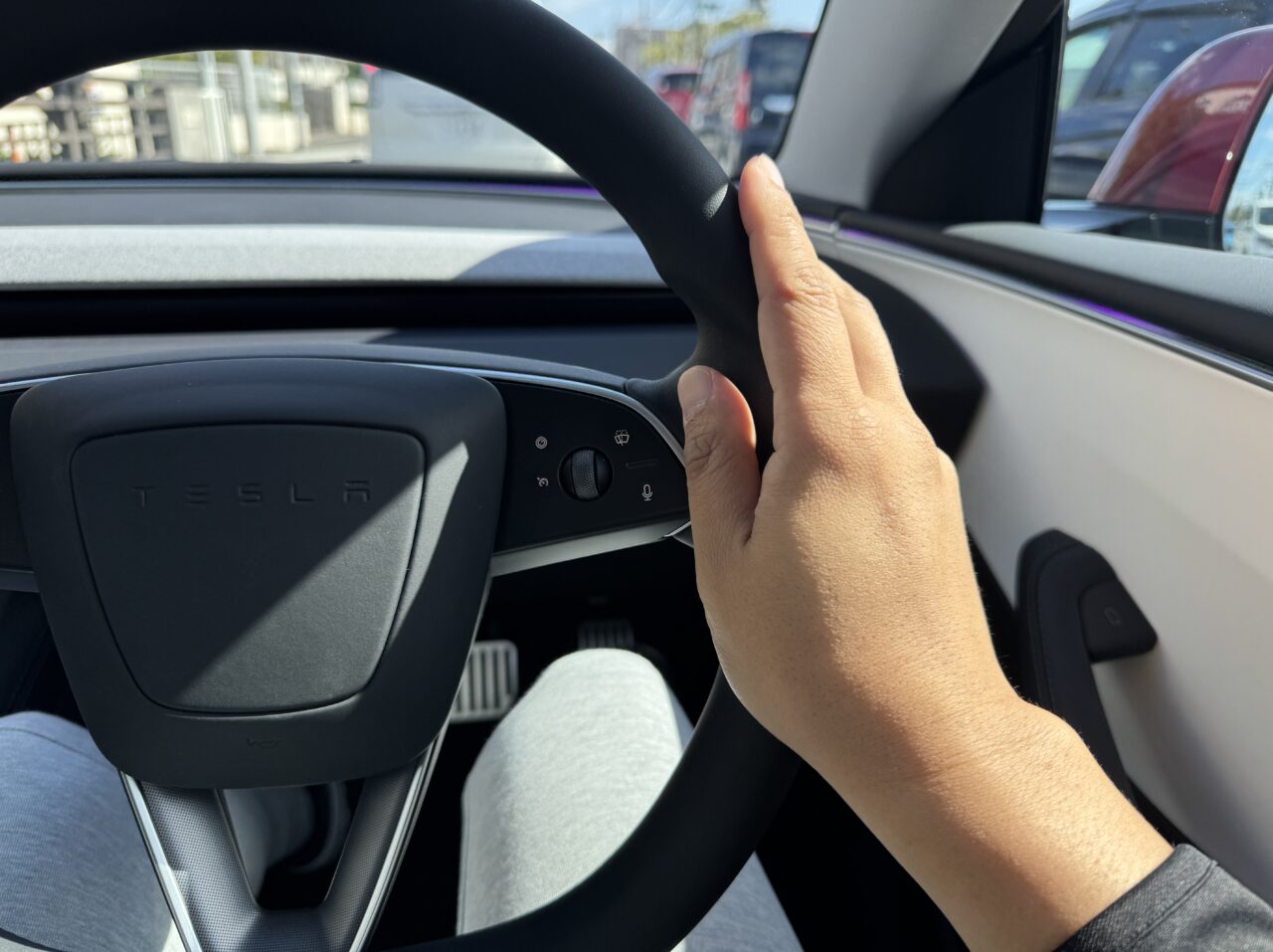
The update now uses camera recognition, so just having your hand near the wheel is enough
Tesla’s Autopilot differs fundamentally from other manufacturers’ systems in its control logic. It seems to predict situations and act accordingly. For example, it anticipates when a car might cut in front and slows down, detects construction zones and reduces speed, and moves slightly aside when trucks pass by—showing behavior as if it has intent while driving. This proactive driving style becomes clear once you use it, revealing a fundamentally different approach from others.
I commute about 20 km one way on the highway daily, and from the interchange entrance to exit, I hardly do anything—just keep my hands lightly on the wheel.
At night, a bit of torque on the wheel is needed, but the update reduced this to a minimal amount, making it extremely comfortable. I believe it now requires less frequent steering input than any other manufacturer’s system.
Driving Performance – Even Porsche Drivers Will Be Impressed
The Tesla Model 3’s driving feel is very solid. It’s completely the opposite of the “American car” image many Japanese imagine.
From my experience, domestic cars in the same class can’t compete at all.
While acceleration is impressive, what stands out more is the chassis rigidity, firm suspension, and strong road contact.
It has a slightly different character from European cars but is very close to their driving feel. It handles sporty on mountain and winding roads, providing plenty of driving enjoyment. The sharpness of acceleration out of corners even surpasses Porsche.
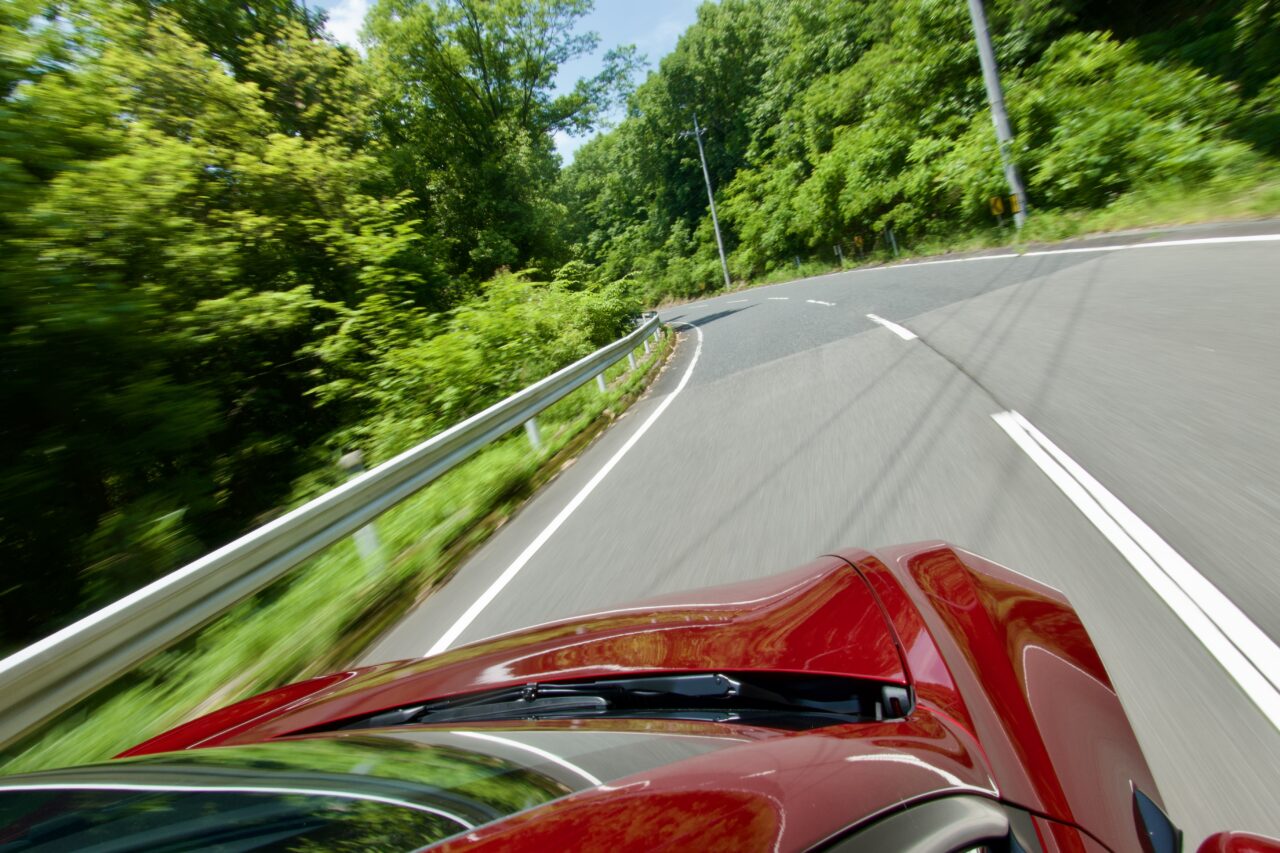
The suspension’s performance is also high, with roll tightly controlled when cornering. It doesn’t sway or float, maintaining a consistent roll angle for a very reassuring feel.
However, the stock tires are eco tires with lower grip, so it tends to understeer slightly in high-speed corners. While it doesn’t match the tactile quality of true sports cars like Porsche or BMW, it’s still more than capable of delivering enjoyable sporty driving.
Highway Performance – Stability and Cruising Ability
It offers sufficient stability and cruising ability on highways.
However, it feels slightly lacking in aerodynamic downforce, likely because the design minimizes air resistance to maximize range. Therefore, at high speeds leading the passing lane on the Shin-Tomei Expressway, it feels a bit less planted compared to European cars. Still, it’s far more stable than domestic cars. You can say it’s very unlikely to feel unsafe on Japanese highways.
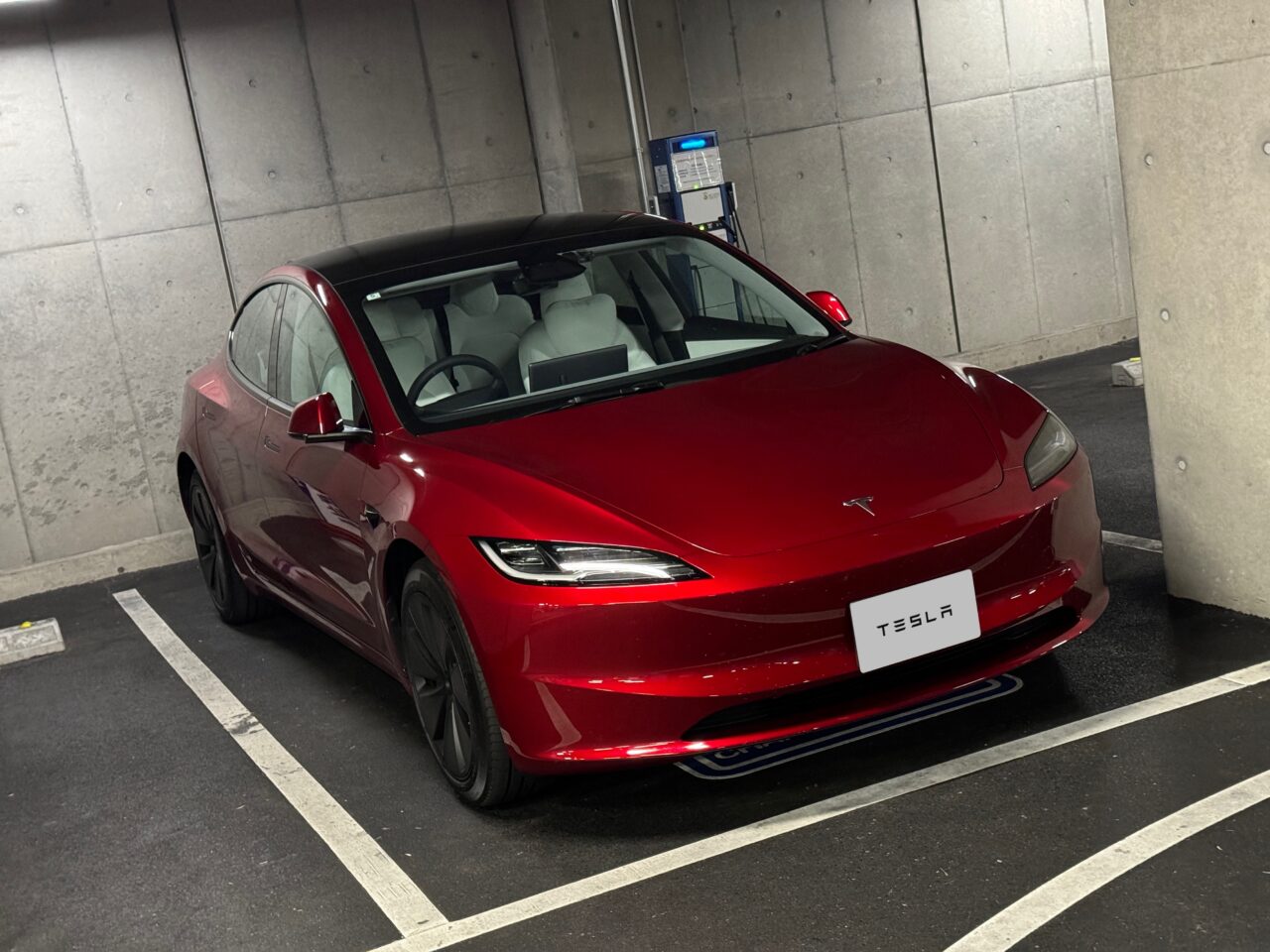
Regarding brakes, it mainly uses regenerative braking but applies physical brakes during sudden stops. The brake feel and stopping power can sometimes feel a bit lacking. When pushing hard on mountain or winding roads, you might find the brake feel less satisfying compared to European cars.
User Interface – Surprisingly Easy to Use
Many people think the large central touchscreen might be hard to use.
However, from my experience, it’s very user-friendly.
If you find smartphone apps too complicated and prefer feature phones, it might not suit you, but most people comfortable with smartphones will find it easy to use. Many who find it difficult often just dislike Tesla or have preconceived notions.
Personally, I usually prefer physical buttons over touch controls.
I find Porsche Taycan and Cayenne touch panels hard to use and wish for physical buttons to return, but Tesla’s system is the opposite—so smooth and stress-free to operate.
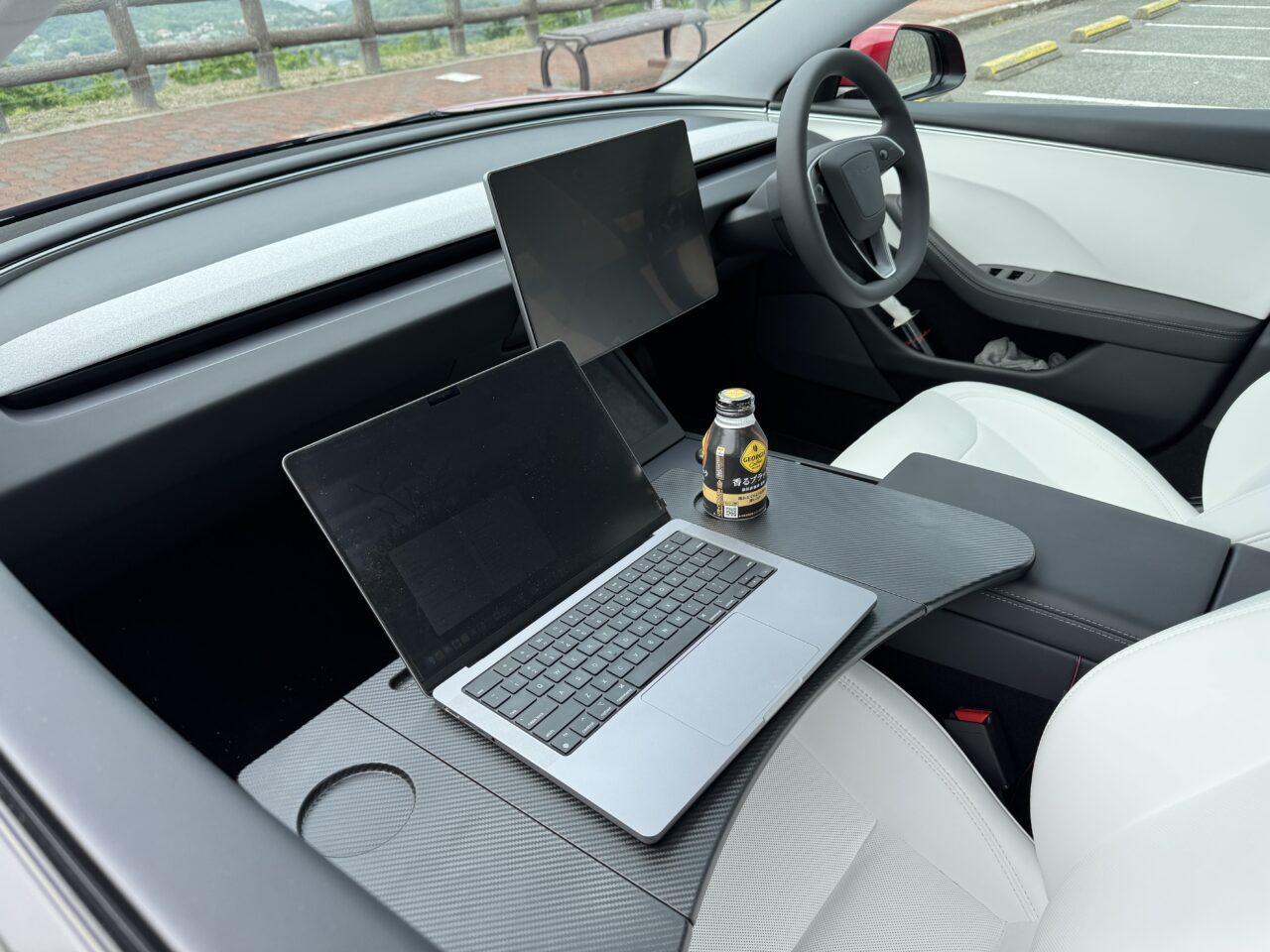
With Camp Mode, you can run the air conditioning and create a comfortable mobile office. The 60W USB-C easily charges a Mac. The double-glass windows make it so quiet you can work all day. Battery drops only about 1-1.5% per hour, so you can stay inside comfortably all day.
The user interface is well thought out, with an operation feel close to iPhone or iPad. The screen is responsive and menus are clear. Voice recognition is accurate, making destination setting and music search easy.
The system’s ability to display surrounding conditions is excellent. For example, on a five-lane road in Osaka, it recognizes and displays distant cars, pedestrians, bicycles, and even traffic cones, showing how well it understands the environment.
This high recognition ability directly contributes to safety. It appropriately reacts to cars suddenly entering or bicycles swerving, applying brakes or steering to avoid. It’s far safer than human attention.
Today I tested Tesla’s free update on my way home.
・It can now recognize surroundings to a range invisible to humans
・It recognizes brake lights and turn signals of the car ahead
・Autopilot in traffic jams now considers brake lights of the car ahead, making starts and stops very smooth… pic.twitter.com/lWkWdzE85B— Hiro@Welcome Home, PORSCHE (@boxster_gts) June 6, 2024
Everyday Practicality – Attention to Detail
The car’s size is very good. You can use any parking lot without worry.
It fits in coin-operated parking with lift gates and multi-story garages without issues, and the cargo space is ample with a roomy trunk. The smartphone-controlled air conditioning works smoothly unlike other brands, and automatically starts at preset times depending on location, showing thoughtful hospitality.
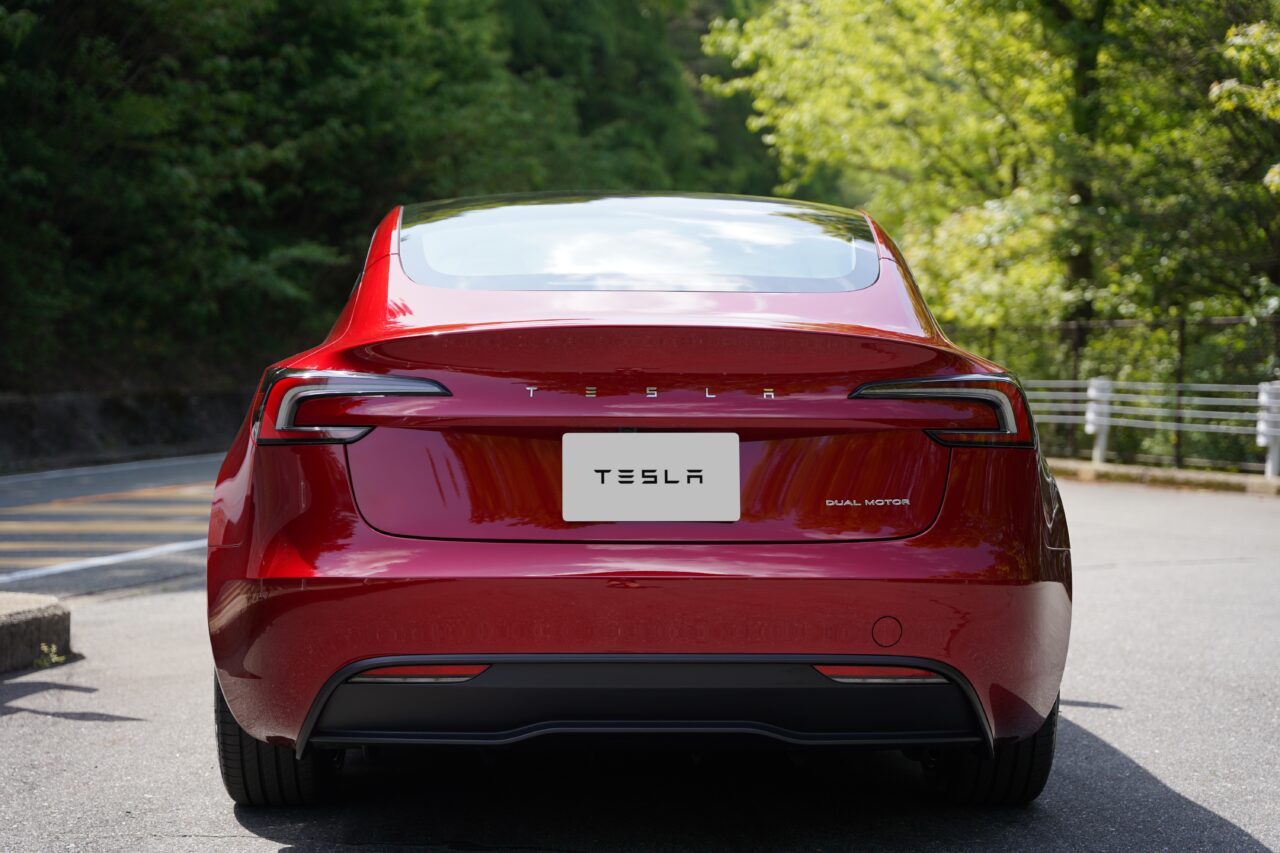
Using your smartphone as a key is very convenient. There’s no unlocking concept—you just approach the car with your phone and it unlocks automatically. When leaving, it locks automatically as you walk away.
Once inside, fastening your seatbelt and pressing the brake automatically switches to drive or reverse depending on surroundings.
No extra operations are needed; just get in, buckle up, and you’re ready to go. When exiting, just unbuckle and step out. No need to shift to P or engage parking brake.
For short stops like convenience store runs, “Hold Mode” keeps the air conditioning on, maintaining a comfortable interior while you’re away.
This overwhelming ease of use makes me wonder why other carmakers haven’t achieved this level of hospitality.
Conclusion – An Innovative Car Perfect for Daily Use
The Tesla Model 3 is highly recommended for anyone who uses a car daily. It balances convenience, comfort, and driving performance, offering versatility for many uses.
At this point, I don’t want to drive anything other than a Tesla for daily use.
I’ve experienced many highly rated cars, but from a daily use perspective, Tesla’s overall hospitality, outstanding convenience, driving feel, and comfort are unmatched.
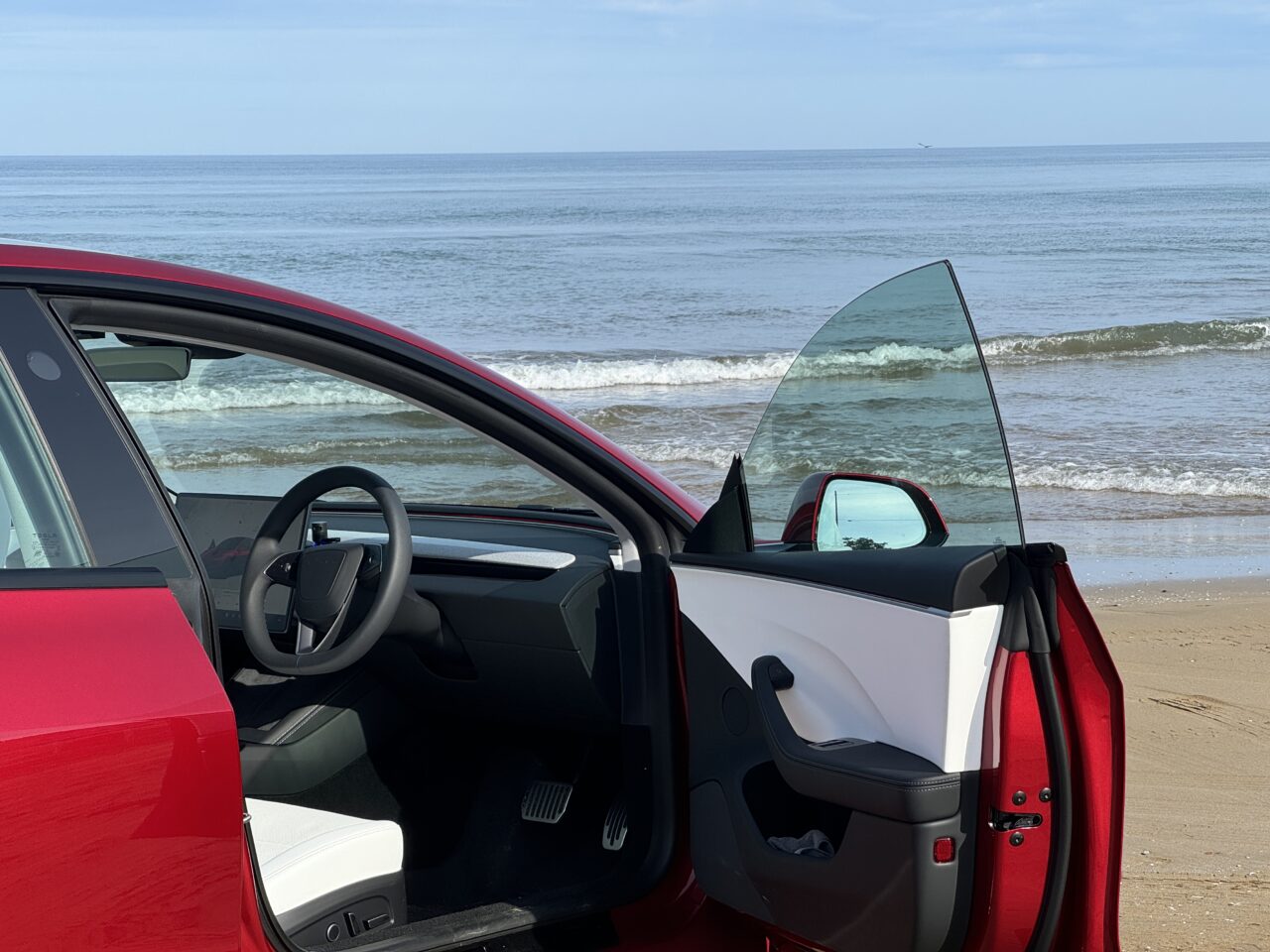
I personally find it puzzling why this car sells so incredibly well worldwide but not in Japan.
Japanese people seem overly biased with negative impressions of Tesla and EVs, which is truly unfortunate.
If you’re interested in Tesla, I highly recommend you try it at least once—you won’t regret it.
You’ll surely discover a whole new world of cars.
Just in case, here’s my Tesla referral link below.
It offers a discount on the vehicle price, so it’s a great deal. Please don’t forget to use it if you decide to buy a Tesla.
このブログが気に入ったらフォローしてね!



Comment ( 0 )
Trackbacks are closed.
No comments yet.